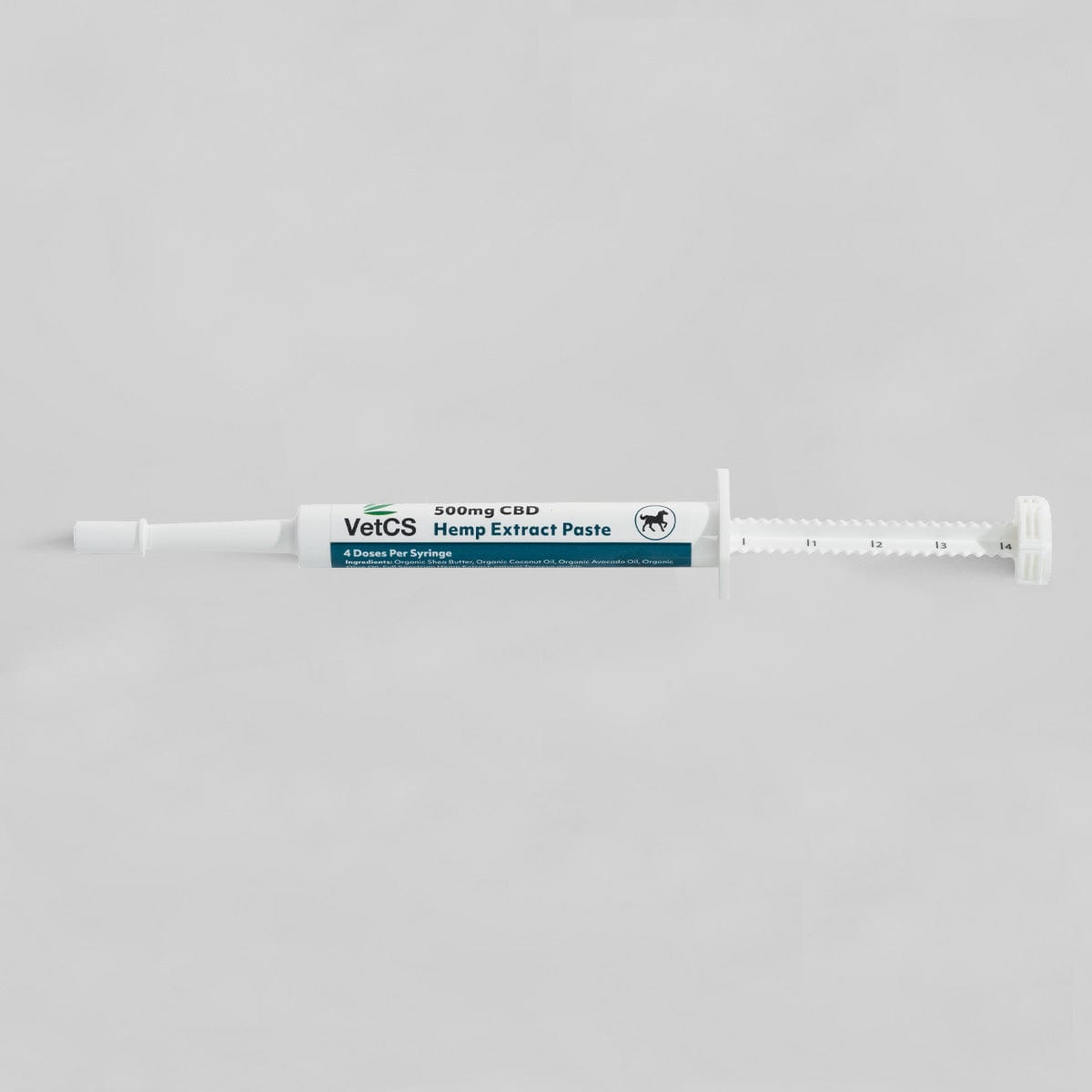
Gentle giants like Great Danes, Rottweilers, Scottish Deerhounds, and Irish Wolfhounds are sadly 25–118 times more likely to develop osteosarcoma (a type of aggressive bone cancer) than non-purebred dogs. Unfortunately, osteosarcoma may be present long before any signs appear. Typical symptoms include limping, leg soreness, and pathologic fractures due to bone fragility. The most commonly affected bones are the proximal humerus, distal femur, and proximal tibia, with less common areas including the skull, spine, and pelvis.
While the exact cause of osteosarcoma is still unknown, the most important step after diagnosis is checking for metastasis. Tumors often spread first to lymph nodes and then to the lungs or other organs. It’s essential to assess the extent of metastasis before deciding on treatment options.
Treatment Options
Several treatment paths exist for osteosarcoma. For the best prognosis, a combination of amputation and follow-up chemotherapy is often recommended. About 50% of dogs receiving this treatment live for one year or more, with 25% surviving up to two years.
Other options include palliative care to manage pain and improve comfort. These may involve:
- Bisphosphonates
- NSAIDs or other anti-inflammatory medications
- Radiation therapy, which improves comfort in 70–80% of treated dogs
Finding the Right Support
If your dog has recently been diagnosed with osteosarcoma, know that you're not alone. Veterinary oncologists are available in many areas and can provide specialized care and support to guide you through this heartbreaking process. Early intervention, open conversations with your vet, and compassionate care can make all the difference in your dog’s comfort and quality of life.












